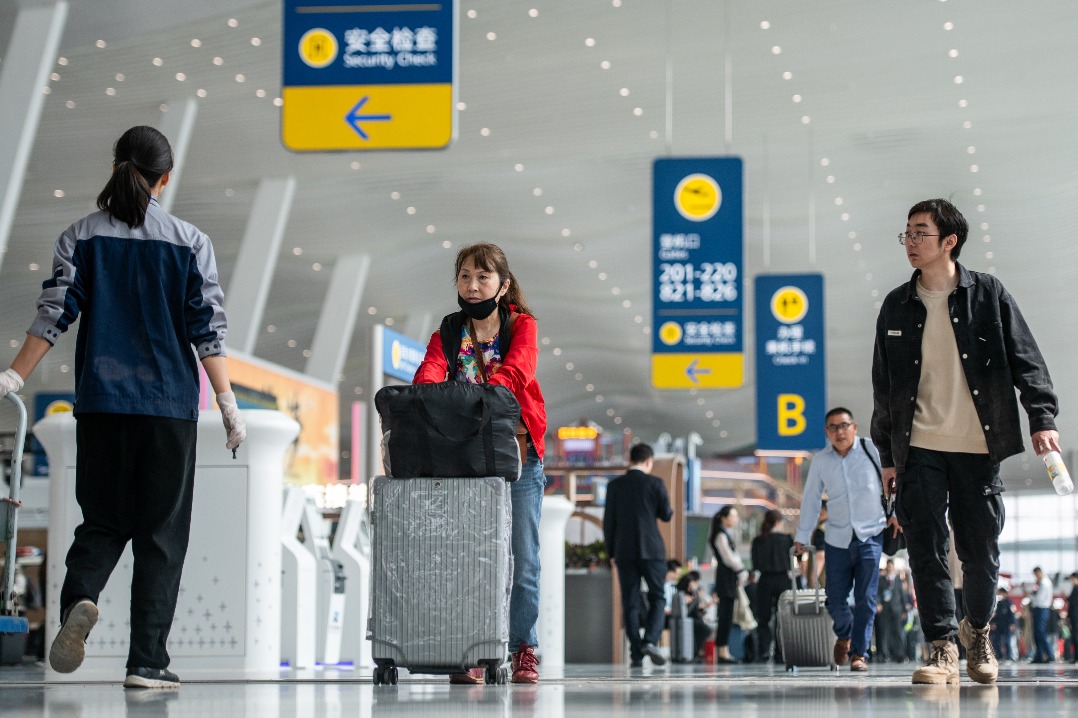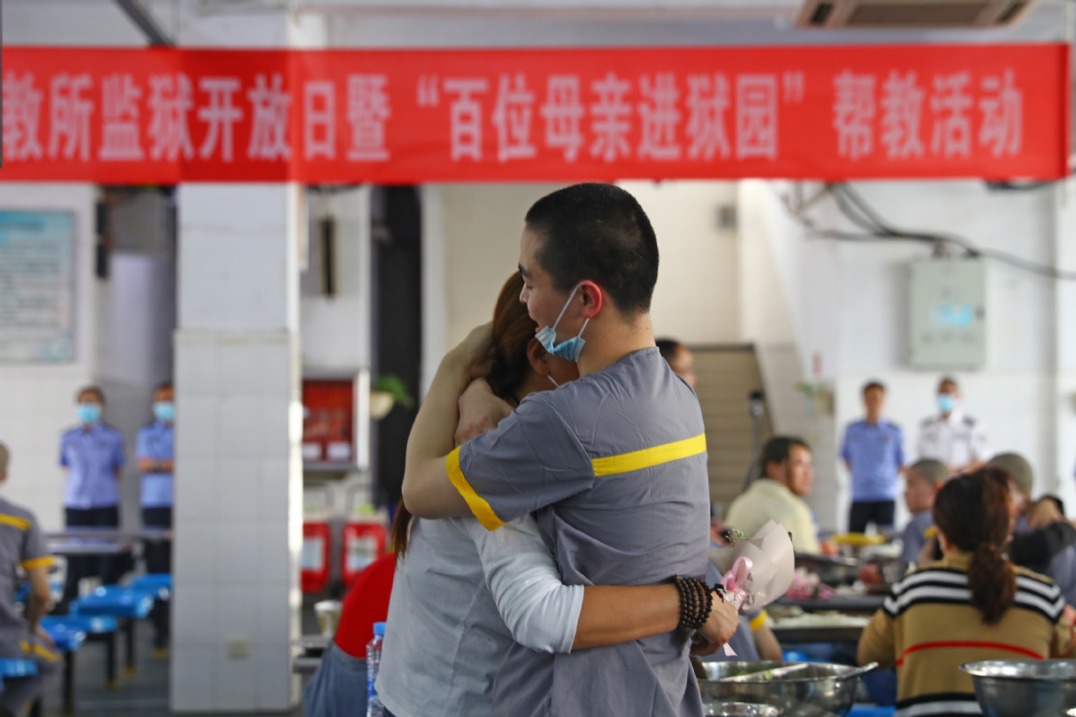Court bombings: The rule of law survives, despite judicial intimidation
By Grenville Cross | China Daily Asia | Updated: 2019-12-12 09:31

In any civilized society, a free and independent judiciary is a bulwark of the rule of law. The judiciary has always played a central role in Hong Kong’s way of life, and been valued by its people for that very reason. Perhaps its greatest strength has been its capacity to provide a level playing field in which disputes or issues of guilt or innocence can be impartially determined, something which has always inspired confidence.
Recognizing this, the National People’s Congress adopted the Basic Law in 1990, which provides for judicial continuity after 1997 (Article 81), the use of precedents from other common law jurisdictions (Art 84), judicial independence (Art 85), the upholding of trial by jury (Art 86), and, in criminal or civil proceedings, the maintenance of “the principles previously applied in Hong Kong and the rights previously enjoyed by parties to proceedings” (Art 87).
Since 1997, the judiciary, by discharging its duties in a professional and even-handed way, has gone from strength to strength. It has not only commanded the confidence of citizens, who regularly turn to it for redress when they feel aggrieved, but has also, through its judgments, achieved international acclaim. Within the “one country, two systems” framework, it has carved out a unique role for itself, and, by fearlessly promoting justice, it has helped to ensure the success of this arrangement.
However, some people in the protest movement object to this, as they want “one country, two systems” to fail, knowing that this will reflect badly on China. They consider that if they can, in addition to undermining the government and the police, also harm the judiciary, this will facilitate their endgame. After all, if they can kill the rule of law, there will be little left of Hong Kong. After the fanatics realized that the government was not going to cave in to their demands, and once they saw that the police force was successfully containing their violence, they started looking for new targets, which explains the latest outrages.
The first evidence of this was provided on Nov 13, after the High Court refused to grant an injunction to the Chinese University of Hong Kong’s Student Union, which wanted to restrict police access to the campus, where petrol bombs were being manufactured on an industrial scale. Shortly after the judgment was delivered, an arson attack occurred at Sha Tin Law Courts, close to the university, apparently in revenge. Although this was obviously intended to intimidate the judges, many people hoped that it was a maverick attack, and would not be repeated.
Such hopes, however, were shattered on Sunday, when, after a protest march, the rioters once again targeted the judiciary. Shortly after Jimmy Sham Tsz-kit, the co-convener of the Civil Human Rights Front, which organized the march, had ominously declared the government was running out of time, and that the Chief Executive, Carrie Lam Cheng Yuet-ngor, was being given a “last chance”, the attacks got underway. The rioters spray-painted the outside walls of the High Court, and then threw petrol bombs at the entrances to both the High Court and the Court of Final Appeal. In their graffiti, the rioters declared “the rule of law is dead”, which is obviously what they want, given that it underpins the “one country, two systems” model.
There was, however, more to it than that, and the bomb throwers, once again, wanted to punish the judges for decisions they disliked. As Hong Kong Free Press has explained, the protesters have felt “growing discontent with local courts, saying that judges have subjected arrested protesters to harsh bail terms”. In other words, judges beware, it’s payback time.
As the Hong Kong Bar Association rightly commented, the perpetrators of these attacks were “not genuine protesters but criminals”, and they “must be brought to justice”. However, these “criminals”, who had earlier damaged the Chiyu Bank in Wan Chai, spray-painted Starbucks in Pacific Place, and defaced the Bank of China Building in Des Voeux Road, have well and truly infiltrated the protest movement, and are now its most visible representatives, and they value nothing. They see the rule of law as, at best, an impediment, and, at worst, an antagonist, and, having already declared war on society, they see the courts as fair game.
As part of their strategy, the fanatics clearly hope that they can intimidate the judges, perhaps even into acquitting riot suspects, although this shows how little they understand Hong Kong or its values. Like the chief executive, the prosecutors and the police force, the judges will not be cowed by violence, and they will discharge their duties as they see fit, without fear or favor. This, however, may leave them exposed, and everything must therefore be done to ensure not only their personal safety, but also the security of their courts.
It is only by upholding basic values that the institutions of government can demonstrate to the fanatics that, despite their depredations, the rule of law, even if slightly battered, is alive and well, and far from “dead”. It remains vibrant in all areas, and high-quality justice is still being dispensed on a daily basis. At some point, hopefully, the community as a whole will come together to defend its legal system, and to express its collective revulsion for those who wish it ill. In the meantime, everyone who cherishes the rule of law must pin their colors to the mast.
The author is a senior counsel, law professor and criminal justice analyst, and was previously the director of public prosecutions of Hong Kong.
The views do not necessarily reflect those of China Daily.























